The Government of India has consistently emphasized the growth of Micro, Small, and Medium Enterprises (MSMEs) as a critical driver of economic development. The latest policy revisions and incentives aim to strengthen MSMEs and promote domestic manufacturing under the Make in India initiative.
Revised Classification Criteria for MSMEs:
To facilitate better growth opportunities, the government has revised the classification criteria for MSMEs, increasing investment and turnover limits. The comparison of the previous and revised classification is as follows:
Category Previous and Revised Investment Limit
| Category | Previous Investment Limit (₹ Crore) | Revised Investment Limit (₹ Crore) | Previous Turnover Limit (₹ Crore) | Revised Turnover Limit (₹ Crore) |
|---|---|---|---|---|
| Micro Enterprises | Up to 1 | Up to 2.5 | Up to 5 | Up to 10 |
| Small Enterprises | Up to 10 | Up to 25 | Up to 50 | Up to 100 |
| Medium Enterprises | Up to 50 | Up to 125 | Up to 250 | Up to 500 |
This reclassification is expected to help MSMEs expand their operations without the fear of losing associated benefits.
Key Initiatives to Support MSMEs
1. Extension of Tax Benefits for Start-ups : To encourage entrepreneurship, the government has extended the tax benefits under Section 80-IAC of the Income Tax Act. Start-ups incorporated before April 1, 2030, can now avail a 100% tax deduction on profits for three consecutive years within their first ten years of operation.
2. Financial Support Initiatives: Introduction of a ₹5 lakh credit card for micro-enterprises registered on the Udyam portal.
A new loan scheme focusing on first-time entrepreneurs, especially women and individuals from Scheduled Castes and Scheduled Tribes.
3. Enhanced Credit Guarantee Coverage: The government has expanded credit guarantee coverage to MSMEs and start-ups, encouraging lenders to provide financial support with reduced risk.
Frequently Asked Questions (FAQ)
1. What is the significance of the revised classification of MSMEs?
The new classification allows businesses to scale up without the immediate fear of losing MSME benefits, fostering long-term growth.
2. How does the revised classification benefit small businesses?
With higher investment and turnover limits, MSMEs can grow further while still enjoying government incentives such as tax benefits and credit schemes.
3. Who is eligible for the new ₹5 lakh credit card for micro-enterprises?
Micro-enterprises registered on the Udyam portal are eligible to apply for this credit facility.
4. How does the extended tax benefit help start-ups?
Start-ups now have a longer eligibility period to claim tax deductions, reducing financial burdens and improving sustainability in the early years.
5. What is the impact of enhanced credit guarantee coverage?
It makes access to loans easier for MSMEs and start-ups, as financial institutions have a lower risk of default.
These measures reaffirm the government’s commitment to strengthening MSMEs and fostering self-reliance under the Make in India initiative. With improved financial access and policy support, Indian MSMEs are set to play a more significant role in driving economic growth and job creation.
Visit www.cagurujiclasses.com for practical courses


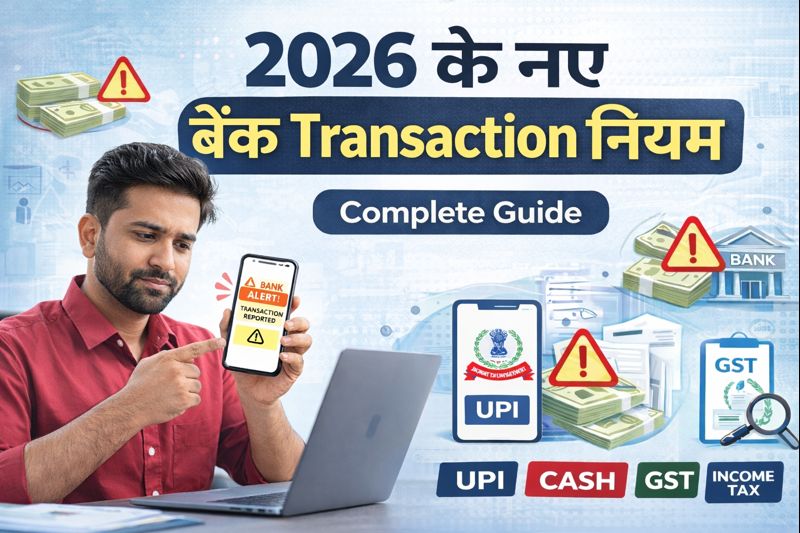
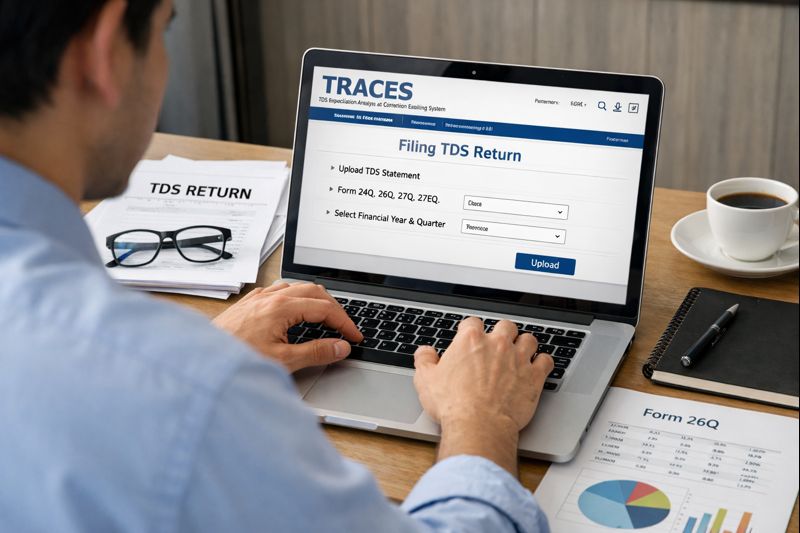
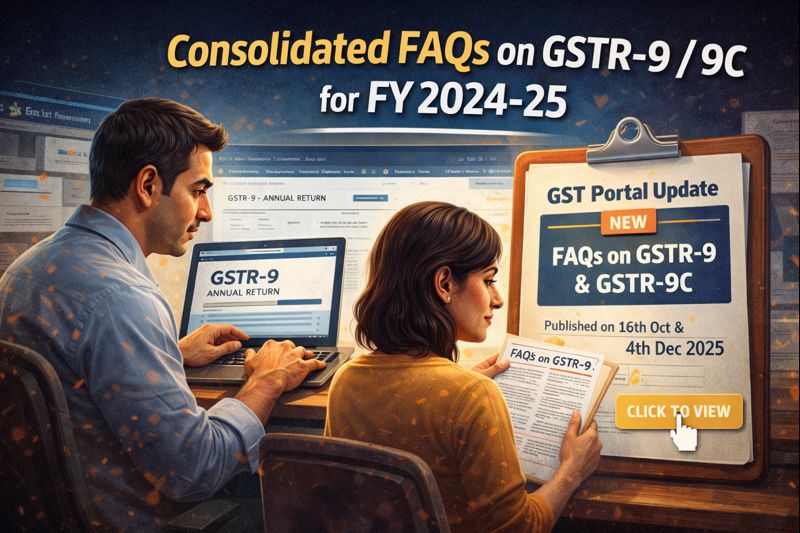
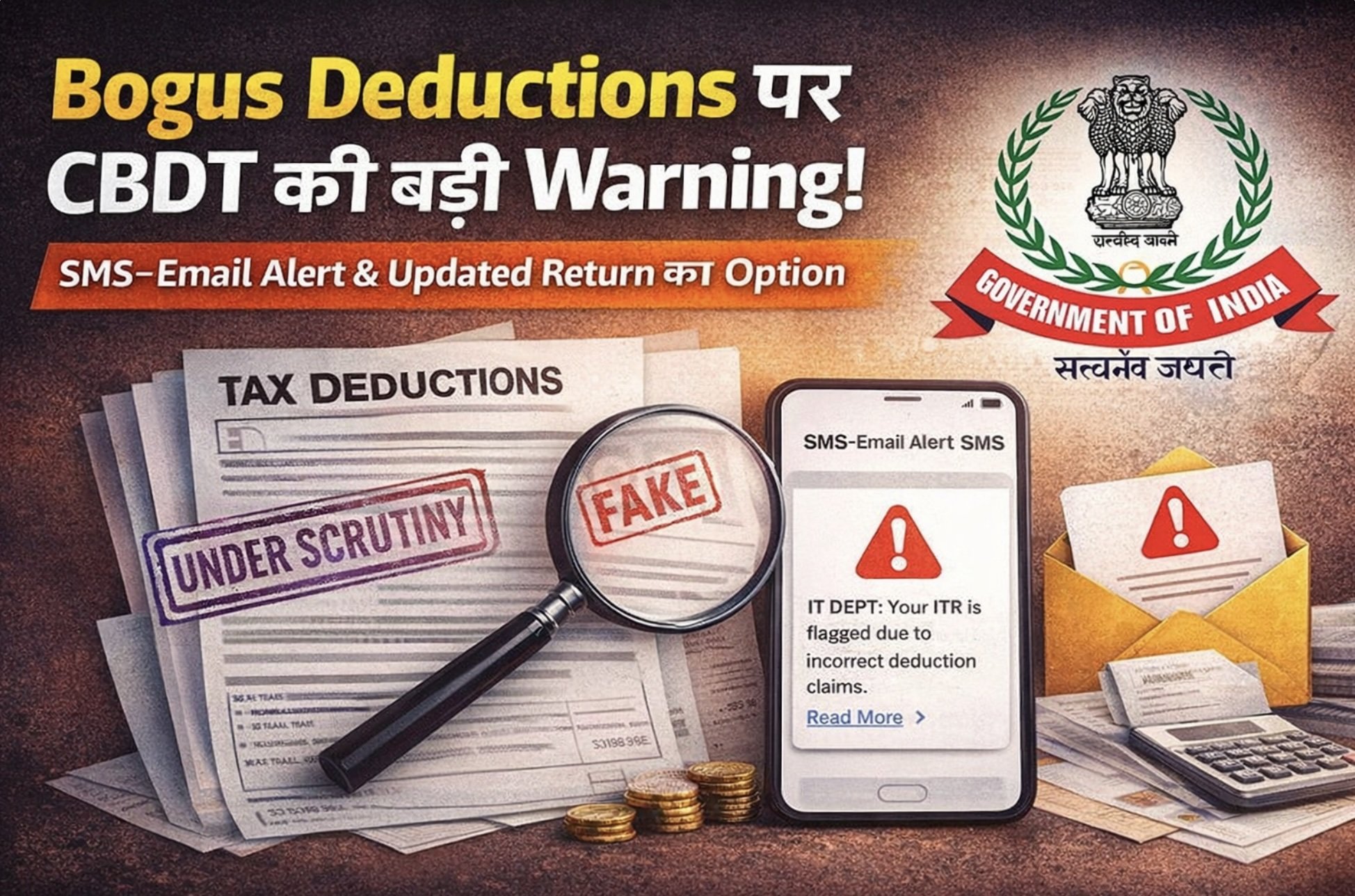
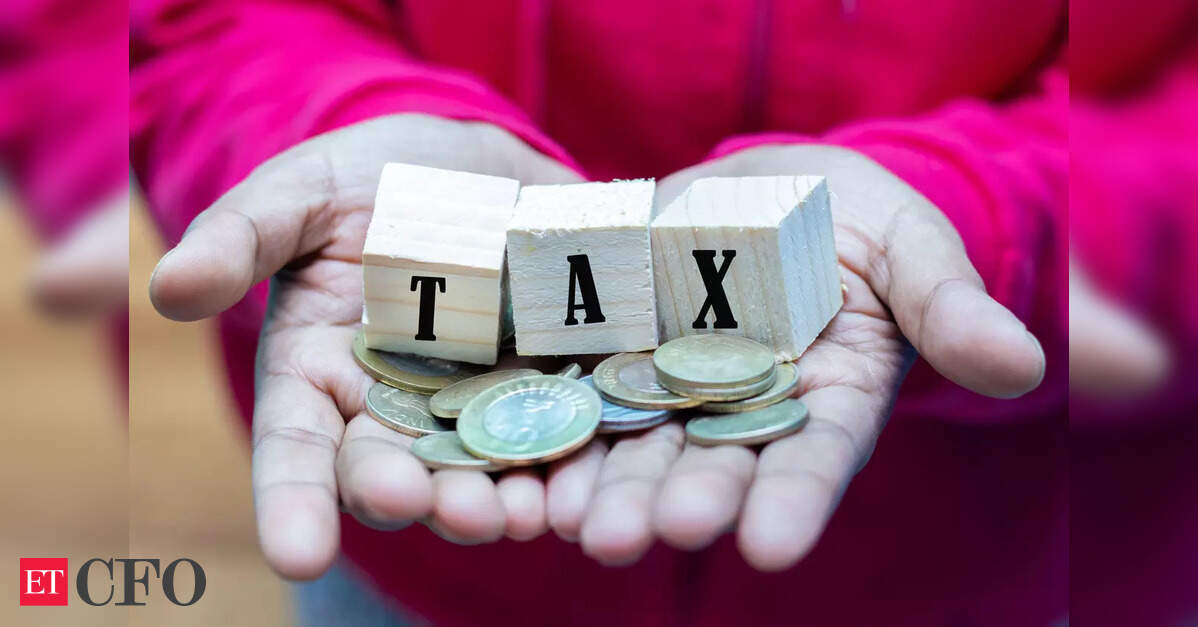

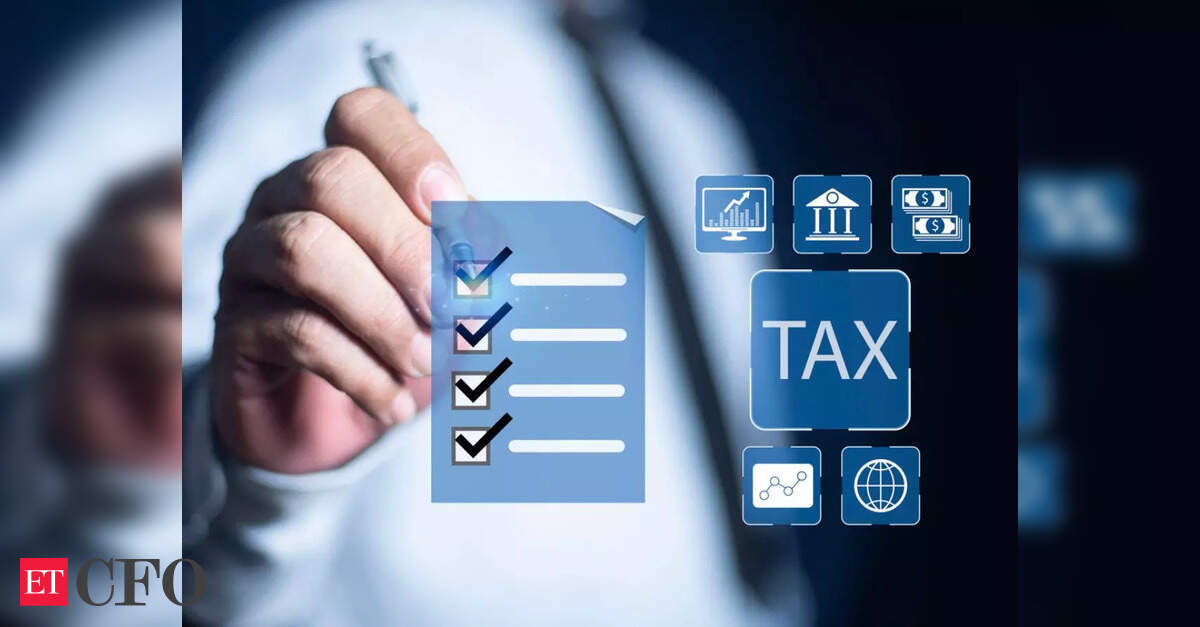
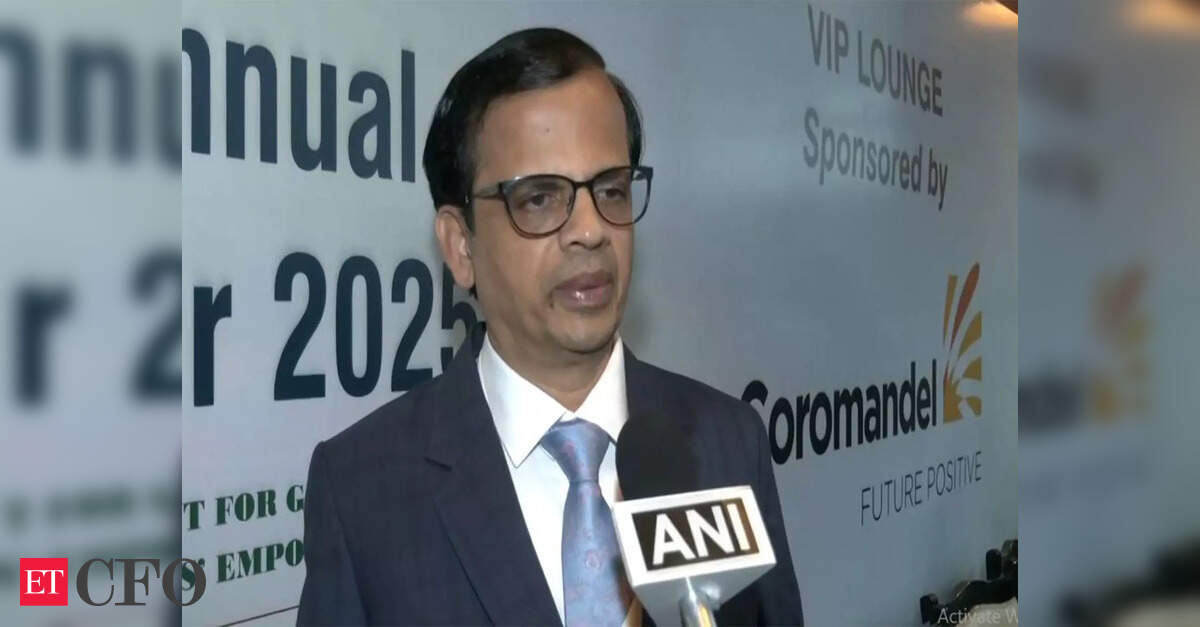


From when the revised limit of MSME will be effective for MSME registration
Hi,
when I am registrating to MSME in the Legatuide Latitute option map is not generating, and asking login ID and PW,
how to get this details and get this Legatuide Latitute details for MSME registration.
Please help in this.
Thanks & Regards
Umesh